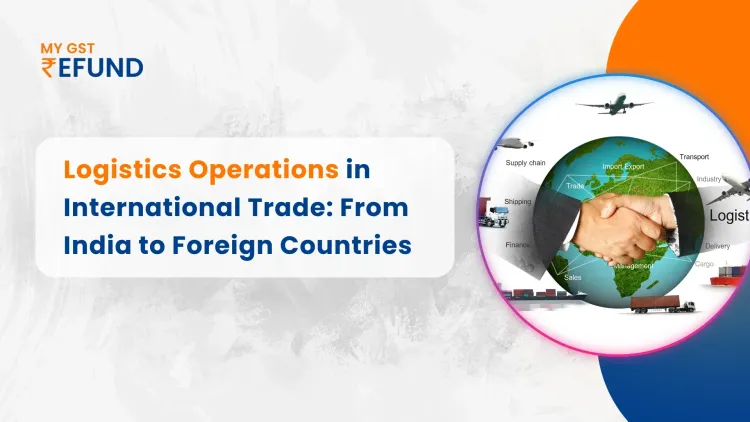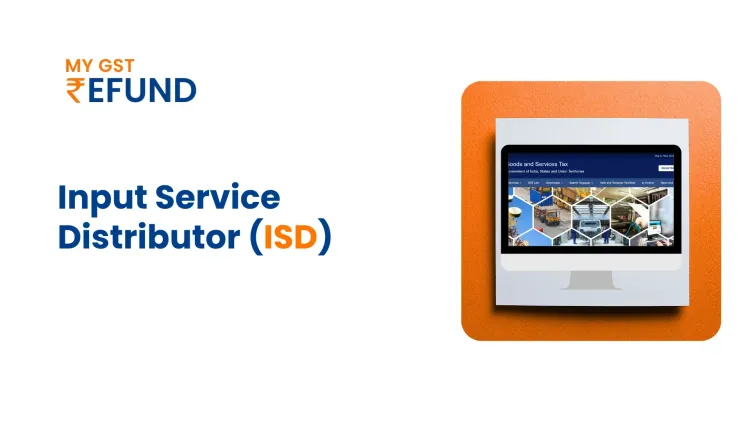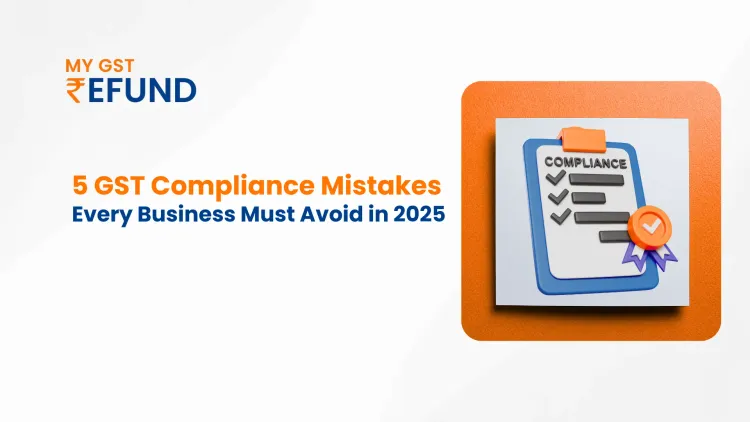Complete Guide On Export Procedure and Documentation In India
Published on: Fri Nov 08 2024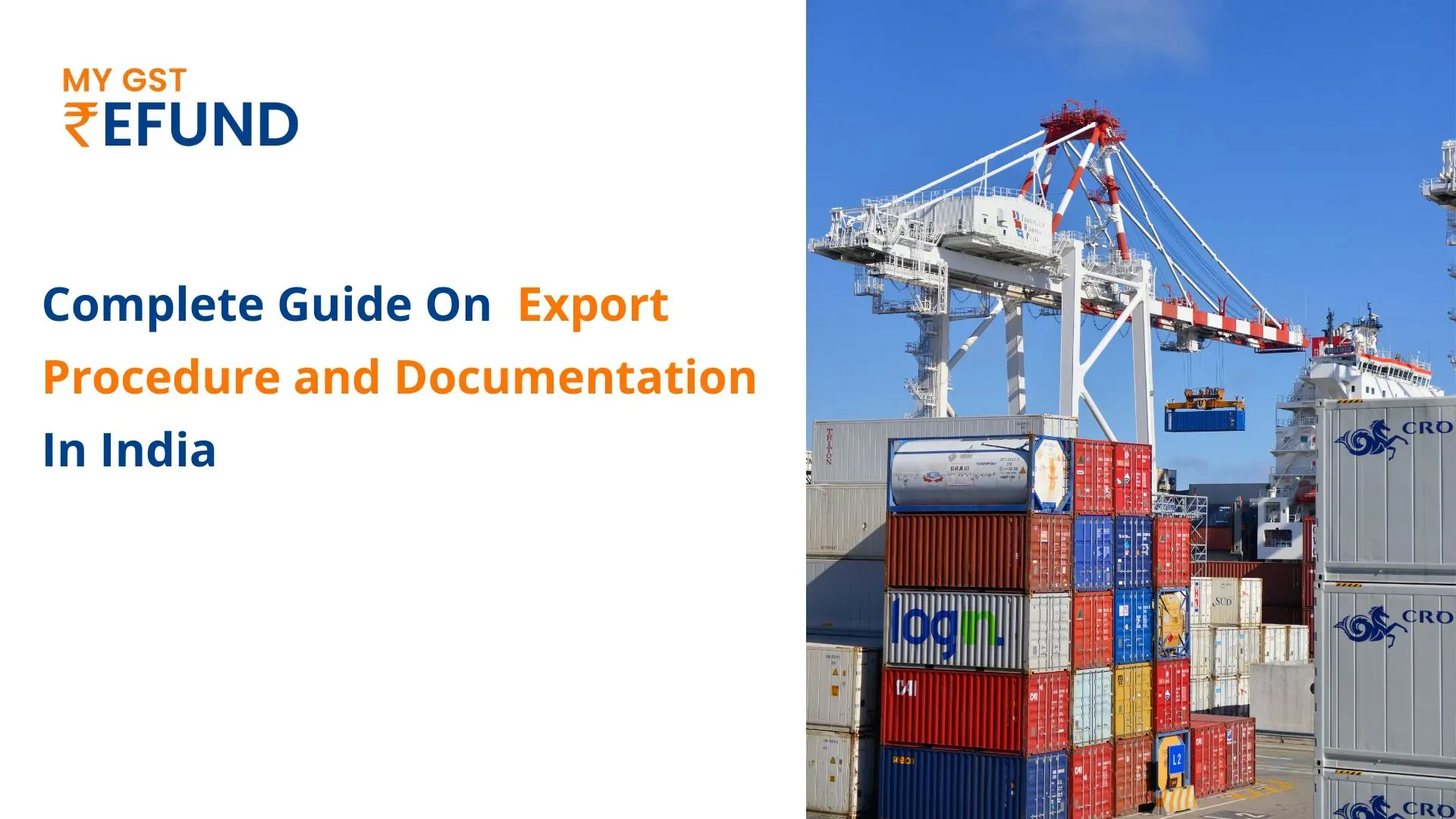
Complete Guide On Export Procedure and Documentation In India
India is one of the top 20 countries globally for exporting goods. The Indian government has made trade more open, creating great chances for starting a successful export business. To do this, an entrepreneur needs to know the rules, regulations, and paperwork involved in exporting goods. Understanding the Export Procedure and Documentation aspects is crucial for managing export transactions smoothly and legally.
Governing Authorities
When you want to start exporting goods from India, there are some important rules for Export Procedure and Documentation to follow:
Laws and Policies: The Export-Import (EXIM) Policy and the Foreign Trade (Development & Regulation) Act, of 1992, regulate export operations in India. These regulations are managed by the Directorate General of Foreign Trade (DGFT), which oversees export and import policies.
Registration: Exporters need to register with DGFT and other authorities. This ensures they comply with legal requirements and can benefit from export promotion schemes.
RBI Guidelines: The Reserve Bank of India (RBI) sets rules that exporters must follow regarding payments and foreign exchange.
Import-Export Code (IEC): An (ECO) Import-Export Code is required to export goods. This code is obtained from the regional licensing authority and is essential for all export transactions.
Following these steps for Export Procedure and Documentation ensures that your export business meets legal standards and operates smoothly in the international market.
Export Procedure
The Export Procedure is involved in exporting goods from India:
Product Selection: The first step is to select the product for export, and the product should be good in quality, and their demand internationally should be good.
Obtaining Licenses and Permits: After selection, the next step is obtaining the necessary license and permit for the export of selected goods.
Arranging Transportation: Transportation of goods is very important and packaging of goods is very important to maintain the quality of goods.
Completing Documentation: The fourth step is to complete documentation and Procedure for Export needed for declaration including the bill of lading and other documents demanded by customs officers.
Managing Payments and Deliveries: All payments are made on time and goods are exported on time.
Need a GST Refund Consultant? Book Your Free Callback Session!
Process for Exporting Goods from India
The Export Procedure and Documentation for Exporting goods from India can be a complicated and time-consuming process. Exports are governed by a number of government entities, each with its own set of guidelines. You must acquire the required licenses and permits from the appropriate authorities prior to exporting products from India. You will also need to submit a shipping manifest to customs.
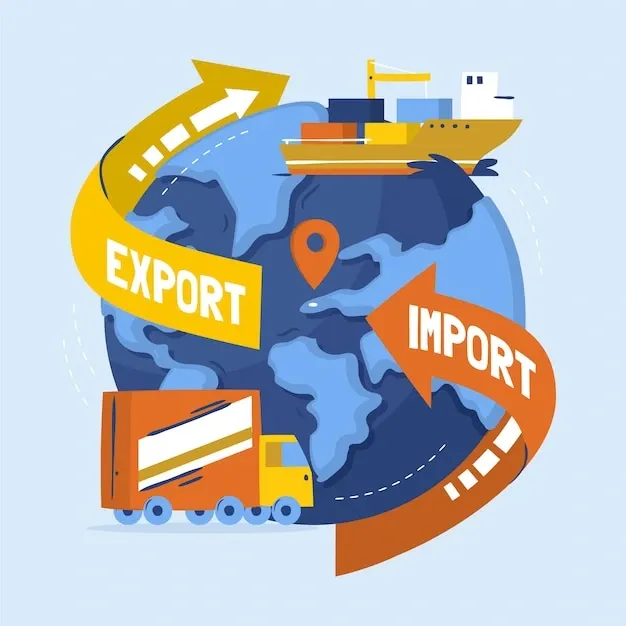
The first step in exporting goods from India is to obtain an Import-Export Code (IEC) from the Directorate General of Foreign Trade (DGFT). India requires this code for all exports. Once you have obtained your IEC, you can begin shipping your goods. If you wish to export goods, it would be helpful if you prepared a shipping manifest. At the port of departure, it is necessary to present the manifest to customs. You must also submit a certificate of origin and any other relevant documentation. Your products will be loaded onto a vessel for transportation after customs have cleared them. You will need to provide the vessel with a copy of the shipping manifest and all other relevant documentation. After that, the ship will deliver your cargo to its final location.
Documentation for Indian Exports
Exporting goods from India involves several important documents for Exports:
Commercial Invoice: This document lists the goods you're exporting, their value and a description for each item. It also includes contact details for the buyer and the shipping address.
Packing List: This document details what is in each package being shipped. It guarantees the safe arrival of your shipment and assists customs officials with confirming its contents.
Export Licence: You need this license from the Indian government to legally export goods. You apply by providing details about your business and the products you plan to export.
Insurance: It's crucial to insure your shipment against loss or damage during transit. This safeguards your finances in case something goes wrong.
Once you have these documents ready, you can start exporting your goods from India. Each document plays a vital role in ensuring your shipment meets legal requirements and arrives safely at its destination.
Conclusion
Exporting goods from India requires an understanding of Export Procedures, Documentation, and laws, like the Foreign Trade Act and EXIM Policy, managed by DGFT. Registration and obtaining an Import-Export Code are crucial. Proper documentation—like invoices and packing lists—is essential. Following these steps ensures legal compliance and smooth international trade operations.
Frequently asked questions
1. First, what are export protocols?
Assuring compliance with all legal and regulatory requirements, export procedures entail preparing items, obtaining required documents, finishing customs formalities, setting up transportation, and delivering the goods to the customer.
2. What paperwork is needed in order to export?
Ans. The commercial invoice, packing list, bill of lading, export license, certificate of origin, insurance certificate, letter of credit, and customs declarations are important export documents. Depending on the products, additional paperwork, such as health certificates, can be needed.
3. What kinds of exports are there?
Active exporting (proactively looking for foreign markets), passive exporting (exporting in reaction to orders), re-exporting (selling goods again without alteration), direct exporting (selling directly to foreign clients), and indirect exporting (selling through intermediaries) are several types of export.
4. What export documentation is there?
The necessary paperwork, such as business invoices, packing lists, bills of lading, and certificates of origin, that guarantee the lawful and efficient passage of products through customs and to the buyer is referred to as export documentation.
5. What is the cycle of exports?
Order receipt, product and paperwork preparation, shipment, customs clearance, buyer delivery, payment collection, and post-export assistance are all part of the export cycle.
Related Posts


